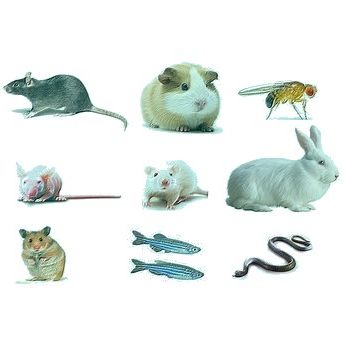
Animal Models in Research
Animal models play a key role in human biology and disease research, acting as vital tools for biomedical and new drug investigations. These models are related to a wide array of species from mice and rats to zebrafish and fruit flies, offering good perspectives of study into the mechanisms…
MoreAnimal models play a key role in human biology and disease research, acting as vital tools for biomedical and new drug investigations. These models are related to a wide array of species from mice and rats to zebrafish and fruit flies, offering good perspectives of study into the mechanisms underlying health and disease thus contributing to the creation of novel treatments.
This sub-chapter aims to offer a quick view of websites related to encouraging the ethical use and alternative of animal models in scientific research.
Animal models have been used to address various scientific questions, from basic science to the development and assessment of novel vaccines, or therapies. ... Several major breakthroughs in basic science and medical research have been possible because of observations and testing on animal models.
Why are animal models used in research?
When animal models are employed in the study of human disease, they are frequently selected because of their similarity to humans in terms of genetics, anatomy, and physiology. Animal models are sometimes preferable for experimental disease research because of their ease of use.
Why are animal models important in biomedical research?
Why animal models are still vital to biomedical research. Animal models are designed to represent human conditions because of our many shared characteristics. This is relevant because the more similar to humans the model's studied molecular pathways are, the more predictive the outcome of the study will be.
Is animal research necessary?
The use of animal models in research is essential to the development of new drugs and is an effective way for diagnosing and treating a lot of diseases that affect both humans and animals. Scientists use animals to learn more about health problems, and signaling pathways and to assure the safety of new medical drug treatments.
New alternatives are developed to avoid the use of animals in research.